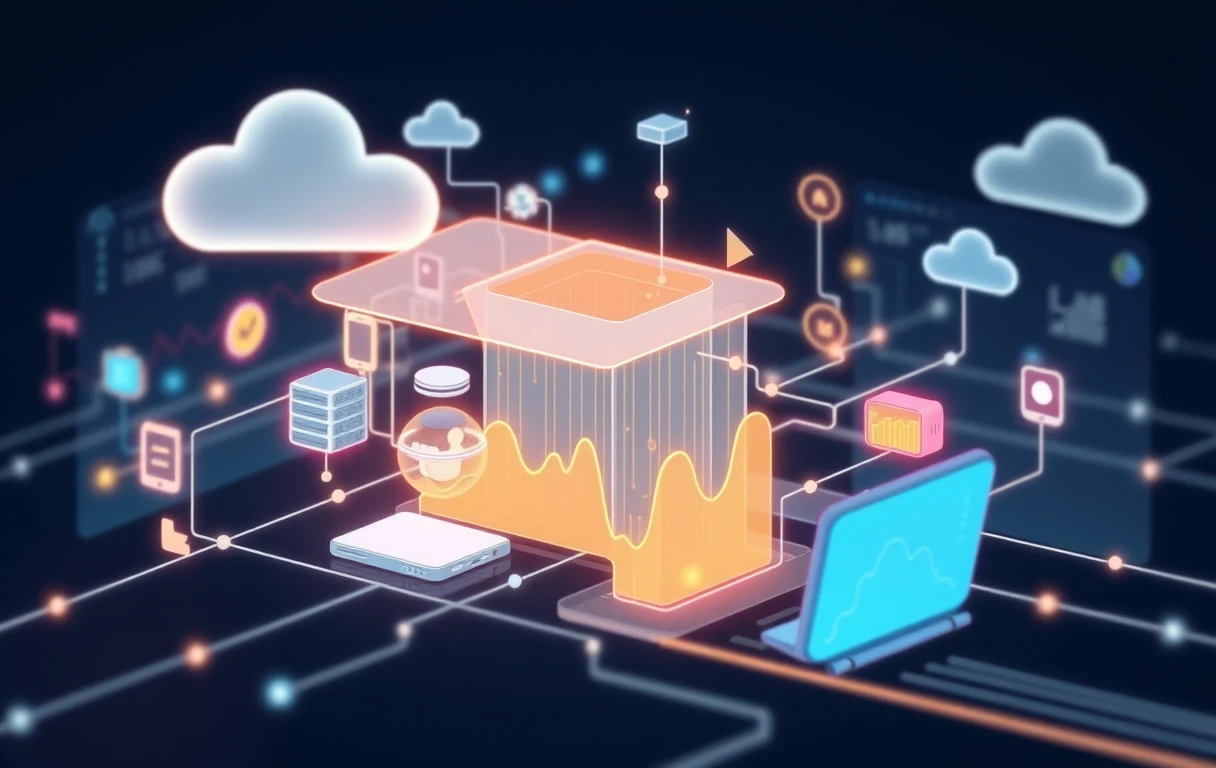Why Choosing the Right IoT Platform is Key to Success

Developing and deploying Internet of Things (IoT) systems is a multifaceted challenge. It demands the seamless coordination of diverse components—ranging from connected devices and embedded sensors to cloud services, mobile apps, and web-based interfaces.
To tackle this complexity, IoT platforms serve as the foundational middleware that connects hardware, collects and processes data, and bridges the gap between the physical world and digital applications. These platforms are engineered to simplify development, ensure secure communication, and support large-scale deployments through robust tools, APIs, and SDKs.
Whether you're creating a smart home device or a full-scale industrial monitoring system, the right IoT platform will enable you to rapidly build and evolve your solution while minimizing operational risks and costs. Below, we explore the essential strategies and capabilities to look for when evaluating IoT platforms—and why they matter.
Key Capabilities of IoT Platforms
- Device Management
Effective device management spans the entire lifecycle of IoT devices—from provisioning and onboarding to monitoring, updating, and retiring. A capable platform provides:
- Remote configuration and over-the-air (OTA) updates
- Device health monitoring and alerting
- Asset tracking and metadata management
- Remote debugging and fault diagnostics
For scalability and long-term adaptability, the platform should support device agnosticism and be able to integrate with existing systems such as ERPs.
- Data Communication Protocols
The core of any IoT system is real-time, secure, and reliable communication between devices, gateways, and the cloud. Depending on your use case, the platform should support a variety of industry-standard protocols, such as:
- MQTT, CoAP, or XMPP for efficient, lightweight messaging
- WebSockets for real-time web application communication
- TLS encryption for data-in-transit security
Some use cases—like edge computing—may require local data processing, but most will still depend on cloud services for aggregation and insight delivery.
- Data Storage
With billions of IoT devices generating massive volumes of data, storage becomes a strategic consideration. Modern IoT platforms support:
- Scalable data lakes for raw, semi-structured, and structured data
- Concurrent read/write capabilities
- Indexing and querying tools for high-performance access
Whether you’re storing sensor data for historical analytics or streamlining access for real-time dashboards, the storage layer must be flexible, efficient, and durable.
- Rules and Analytics
Beyond data collection, data-driven decision making is essential. Many IoT platforms include built-in analytics tools for both real-time and historical analysis, featuring:
- Rules engines that trigger actions based on defined conditions
- Stream and batch processing options
- Customizable dashboards and visualization widgets
- Integration with external analytics platforms
These tools help transform raw data into actionable insights, enabling automation, anomaly detection, and predictive maintenance.
- Rapid Application Development and Deployment
A competitive IoT platform accelerates time to market with:
- Prebuilt templates, widgets, and development kits
- API clients and libraries for multiple languages
- CI/CD tools for automated deployment and testing
Speed is critical in today’s IoT landscape—platforms that reduce friction in development give teams a major competitive edge.
- Integration and Interoperability
Future-proofing your IoT ecosystem means embracing open standards and flexible integration. Look for platforms that support:
- RESTful APIs and SDKs
- Compatibility with legacy systems and third-party services
- Abstraction layers for device and protocol independence
Interoperability ensures that your system can evolve—scaling across new devices, services, and architectures without costly rewrites.
- Security
IoT systems are uniquely exposed to security threats. A trustworthy platform must embed security at every level:
- Authentication and authorization (including LDAP or OAuth integration)
- Encryption protocols like TLS for secure communication
- Device identity management using standards like X.509
- Role-based access control (RBAC)
- Security auditing and monitoring tools
Without strong security controls, vulnerabilities in IoT systems can compromise not only data, but public safety and brand trust.
- Cost Efficiency
One of the most strategic advantages of adopting an IoT platform is cost reduction—both upfront and ongoing. Instead of building infrastructure from scratch, teams can leverage managed services that offer:
- Pay-as-you-go pricing
- Free tiers or trials for prototyping
- Reduced overhead for operations and maintenance
Though platform fees may scale over time, these costs are typically far lower than building and managing your own IoT backend.
Tailoring Platform Capabilities to Your Use Case The relative importance of each platform capability depends on your specific use case. For instance:
- A home automation project may prioritize real-time communication and minimal storage.
- An industrial monitoring system handling thousands of sensors will need robust device management and analytics. This highlights the importance of a flexible and customizable platform that can adapt to different IoT deployment models—whether consumer-grade or mission-critical.
Final Thoughts
Choosing the right IoT platform isn’t just a technical decision—it’s a strategic one. The right platform will:
- Accelerate your development cycles
- Enhance operational reliability
- Secure your infrastructure
- Scale with your growth
- Reduce long-term costs
As the IoT ecosystem continues to evolve rapidly, organizations that leverage comprehensive, interoperable, and secure platforms will be better positioned to innovate and deliver value—faster and with greater impact.